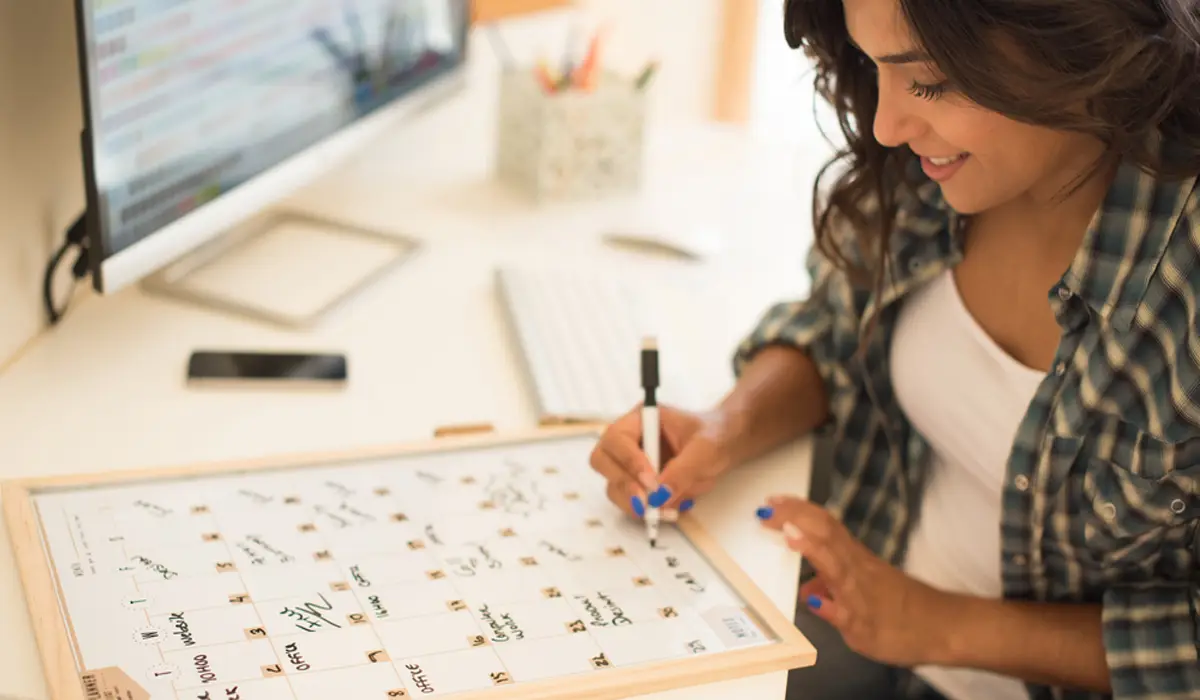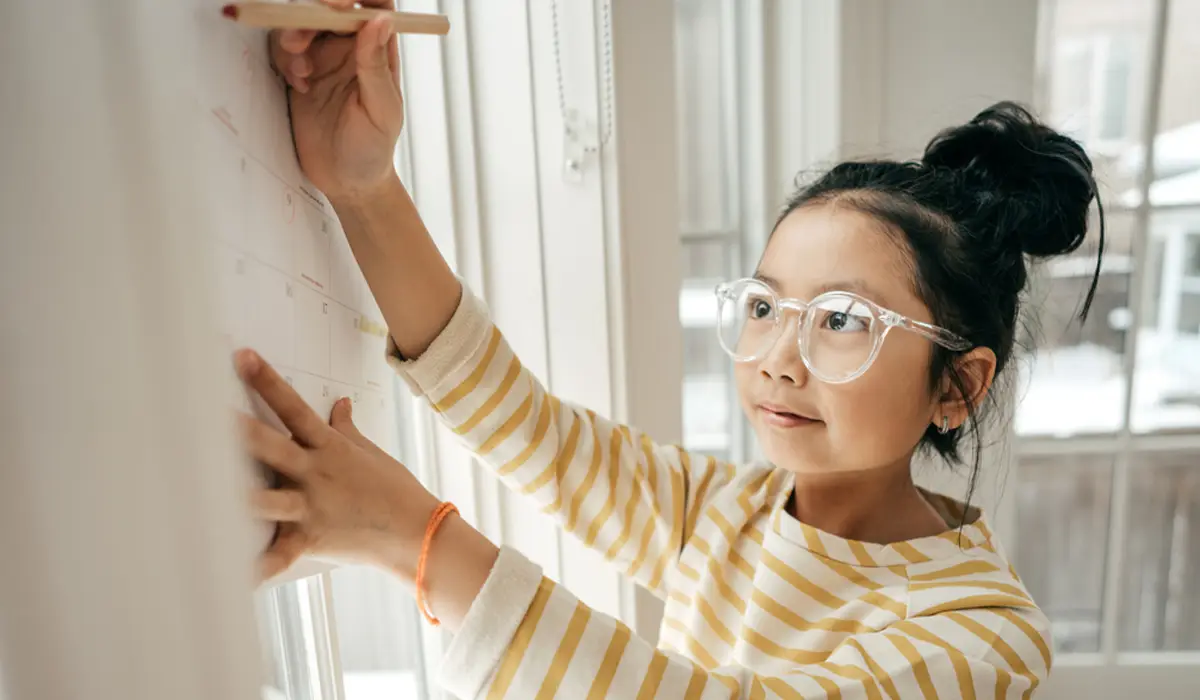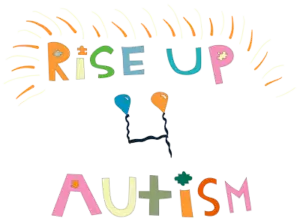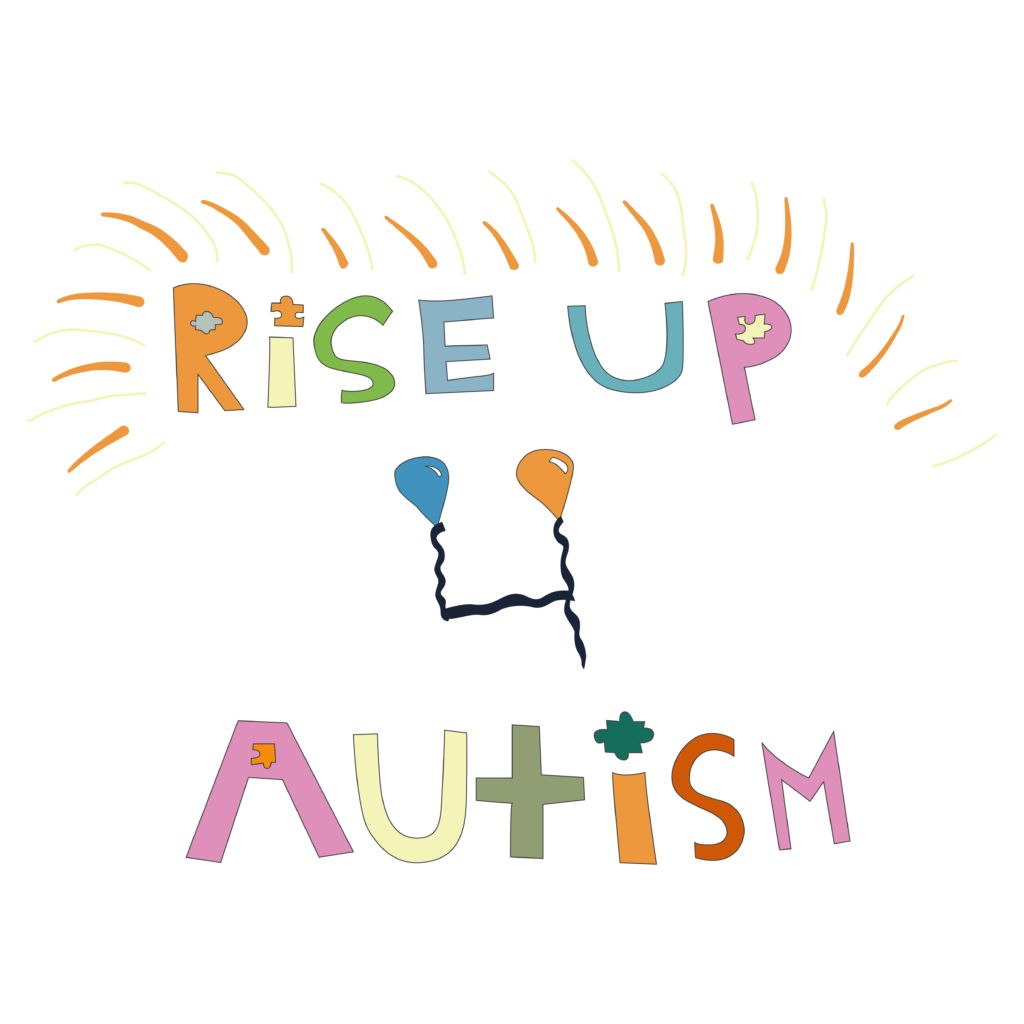
Tips For Creating A Structured Home Environment For Autistic Children
Advice On Creating A Structured Home Environment For Children With Autism
At Rise Up for Autism, we understand the importance of providing a structured home environment for children with autism. A structured environment can help these children thrive, enhance their learning opportunities, and promote their overall well-being. In this blog, we will explore some practical tips and tricks to create a structured home environment that supports the unique needs of children with autism. Contact us at (630) 300-3400 or visit our locations and learn more about our services!
Establish Clear Routines:
Children with autism often benefit from predictable routines. Establishing clear and consistent daily routines can provide a sense of stability and help children anticipate what will happen next. Visual schedules or calendars can be valuable tools to visually represent daily routines, activities, and transitions. Displaying these schedules in a prominent place at home allows children to refer to them and gain a sense of control over their environment.
Create Visual Supports:
Visual supports are powerful tools for children with autism as they rely heavily on visual cues to understand and navigate their surroundings. Visual supports can include visual schedules, labeled storage bins, visual reminders for daily tasks, and visual cues for behavior expectations. Using pictures, symbols, or written words in a consistent manner helps children understand and follow instructions and reduces anxiety by providing clear expectations.
Designate A Quiet Space:
Children with autism may sometimes require a quiet and calm space to regulate their sensory experiences or engage in activities that help them self-soothe. Designating a specific area in the home as a quiet space can provide a retreat for the child when they feel overwhelmed or overstimulated. This space should be free from excessive noise, bright lights, and other distractions, and can include comfort items such as cushions, weighted blankets, or sensory toys.

Implement Visual Cues For Transitions:
Transitions can be challenging for children with autism, as they often struggle with changes in routine. Visual cues, such as timers or countdown clocks, can be helpful in signaling upcoming transitions. Providing a visual representation of how much time is left before a transition occurs can assist the child in mentally preparing for the change. Additionally, using visual cues to indicate the next activity or destination can make transitions smoother.
Use Visual Supports For Behavior Management:
Incorporating visual supports for behavior management can be beneficial for children with autism. Behavior charts or token systems can help reinforce positive behaviors and track progress towards specific goals. By using visual representations of desired behaviors and rewards, children can better understand expectations and see their progress in a tangible way. Celebrate successes and provide immediate reinforcement to encourage positive behavior.
Organize And Label Items:
Creating an organized environment with labeled storage bins, shelves, or drawers can promote independence and assist children in finding and returning items. Clearly labeled containers or picture labels help children locate and organize their belongings, fostering a sense of order and predictability.
Maintain Consistency:
Consistency is key when creating a structured home environment for children with autism. Aim to maintain consistent routines, expectations, and rules across different caregivers and settings as much as possible. This consistency provides a sense of security and minimizes confusion for the child.
Creating a structured home environment for children with autism is a valuable way to support their development, independence, and overall well-being. By establishing clear routines, using visual supports, designating quiet spaces, implementing visual cues for transitions, employing visual supports for behavior management, organizing and labeling items, and maintaining consistency, parents and caregivers can create an environment that promotes success and reduces stress for children with autism.
Remember, every child is unique, and it may take some time to find the strategies that work best for your child. Consulting with a qualified behavior analyst or therapist can provide additional guidance and support tailored to your child’s specific needs.

